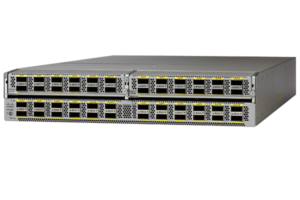Blocking a DDoS Upstream
In the first post on DDoS, I considered some mechanisms to disperse an attack across multiple edges (I actually plan to return to this topic with further thoughts in a future post). The second post considered some of the ways you can scrub DDoS traffic. This post is going to complete the basic lineup of reacting to DDoS attacks by considering how to block an attack before it hits your network—upstream.
The key technology in play here is flowspec, a mechanism that can be used to carry packet level filter rules in BGP. The general idea is this—you send a set of specially formatted communities to your provider, who then automagically uses those communities to create filters at the inbound side of your link to the ‘net. There are two parts to the flowspec encoding, as outlined in RFC5575bis, the match rule and the action rule. The match rule is encoded as shown below—

There are a wide range of conditions you can match on. The source and destination addresses are pretty straight forward. For the IP protocol and port numbers, the operator sub-TLVs allow you to specify a set of conditions to match on, and whether to AND the Continue reading
 Serving as Vice President of Solutions Marketing and Strategy for GENBAND, Sanjay Bhatia oversees the company’s product marketing organization and alignment of GENBAND’s go-to-market strategy across different market segments including NFV, Cloud, Enterprise Unified Communications, MSO, and Wireless. Bhatia is an accomplished telecommunications professional with over 28 years of wide-ranging global experience. Bhatia has held...
Serving as Vice President of Solutions Marketing and Strategy for GENBAND, Sanjay Bhatia oversees the company’s product marketing organization and alignment of GENBAND’s go-to-market strategy across different market segments including NFV, Cloud, Enterprise Unified Communications, MSO, and Wireless. Bhatia is an accomplished telecommunications professional with over 28 years of wide-ranging global experience. Bhatia has held... 